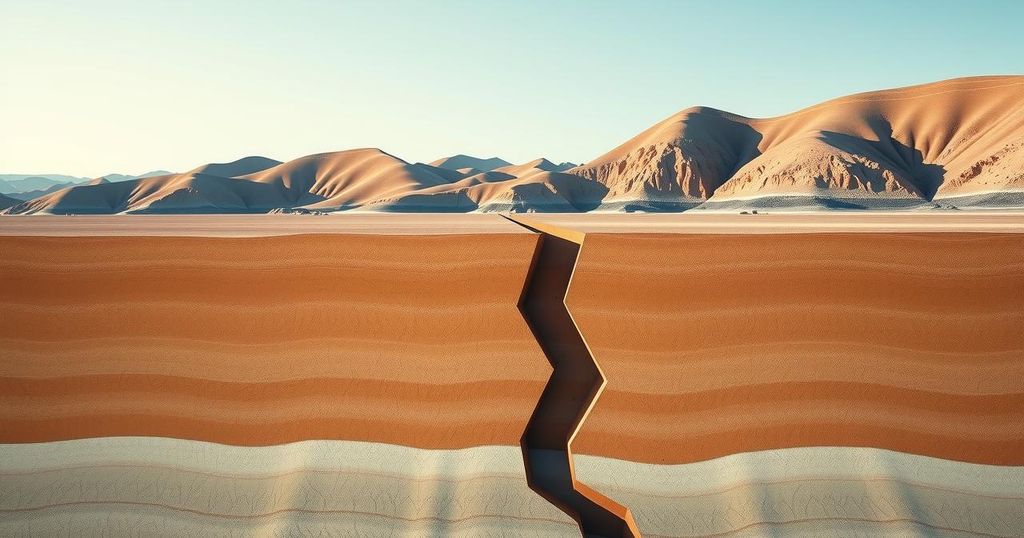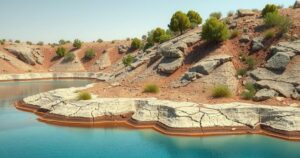Study Refutes Claims of Nuclear Test Triggering Iranian Earthquake

A recent study has debunked the claim that a 4.5 magnitude earthquake in Iran was caused by a nuclear test. Conducted by researchers at Johns Hopkins University, the analysis showcased that the earthquake was a natural geological event. Misinformation regarding its cause spread rapidly on social media, highlighting the necessity for accurate scientific communication in politically charged environments.
Recent research has found that the earthquake measuring 4.5 in magnitude, which struck Iran on October 5, 2024, was not the result of a nuclear test, despite widespread speculation on social media. The study, led by Dr. Benjamin Fernando from Johns Hopkins University, emphasizes the importance of accurately interpreting scientific data, especially in times of international tension. The seismological team analyzed seismic signals and established that the earthquake was a natural geological event caused by tectonic movements in the region.
Dr. Fernando and his team discovered that the quake originated from a reverse fault linked to the collision of the Arabian and Eurasian tectonic plates. Their investigation utilized public seismic data to corroborate that this earthquake’s characteristics reflected natural seismic activity rather than any unusual phenomena, such as a nuclear explosion. They further noted that similar seismic events had occurred in the same area previously, reinforcing their conclusion.
The dissemination of misinformation regarding the earthquake began shortly after the event occurred, with initial interpretations appearing on social media within minutes. Some users misattributed seismic data from other occurrences, leading to the rapid spread of conspiracy theories. Notably, misleading narratives promoted the idea of a nuclear test, gaining traction particularly in Indian media and spreading to international news outlets.
The research team indicated that there was likely organized disinformation surrounding the event, with the origin of some false claims traced to accounts associated with Russian-backed propaganda efforts. To combat this, the study advocates for stronger collaboration among scientists to quickly correct misinterpretations of seismic data, as well as encouraging scientific organizations to provide prompt assessments to counter misinformation online.
In conclusion, the findings from this research serve as a critical reminder of the need for accurate scientific communication, especially in contexts of geopolitical strife. Increased efforts to verify and disseminate accurate information can mitigate the harmful effects of misinformation in the realm of scientific discourse and public perception.
The earthquake in Iran on October 5, 2024, sparked considerable speculation regarding its cause, particularly amidst rising tensions in the Middle East. Misinformation rapidly propagated across social media, alleging that the earthquake was a result of a covert nuclear test conducted by Iran. Scientific analysis of seismic data provides clarity on such claims, highlighting the importance of accurate interpretation in maintaining public trust in scientific findings during crises.
This study has demonstrated the importance of relying on scientific expertise in evaluating seismic events, especially when misleading narratives arise. By mobilizing rapid responses from the scientific community, and utilizing partnerships with social media platforms, the dissemination of misinformation may be effectively curbed, ensuring that the public receives reliable information in times of uncertainty.
Original Source: www.news-shield.com






